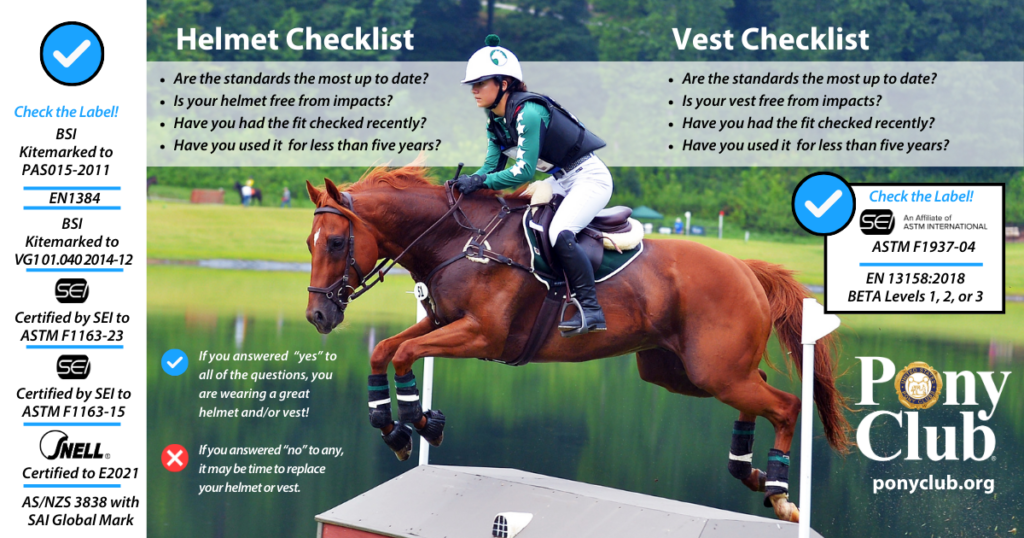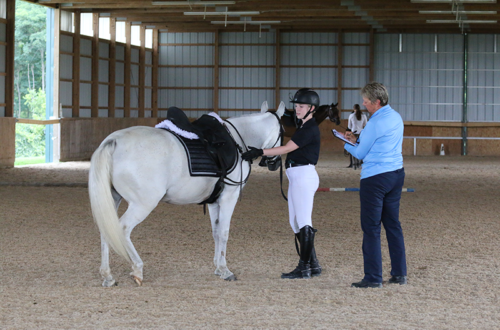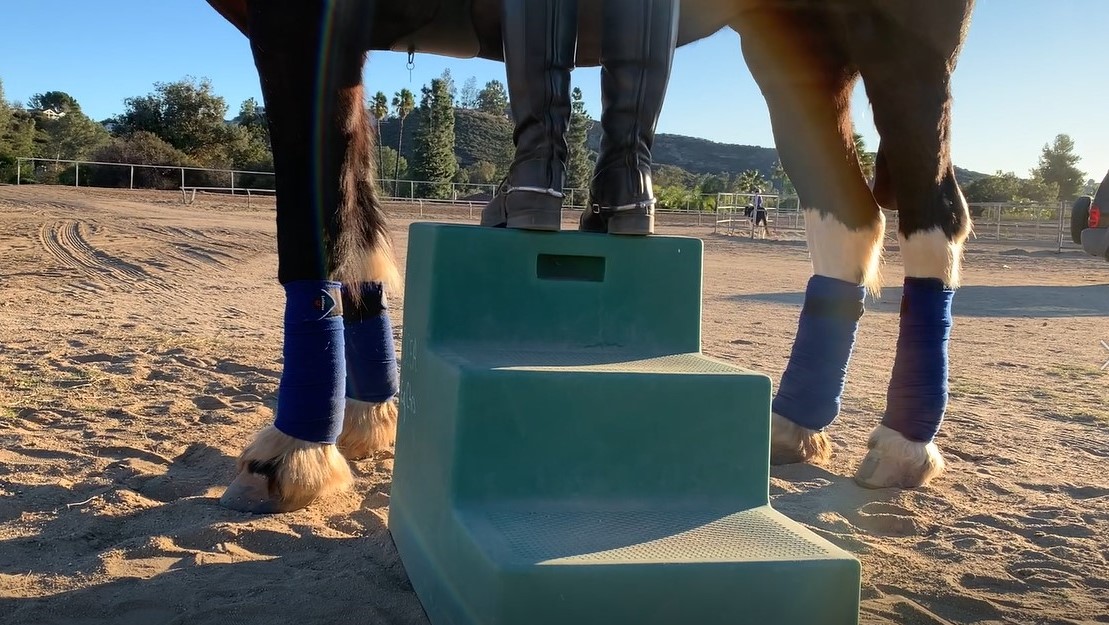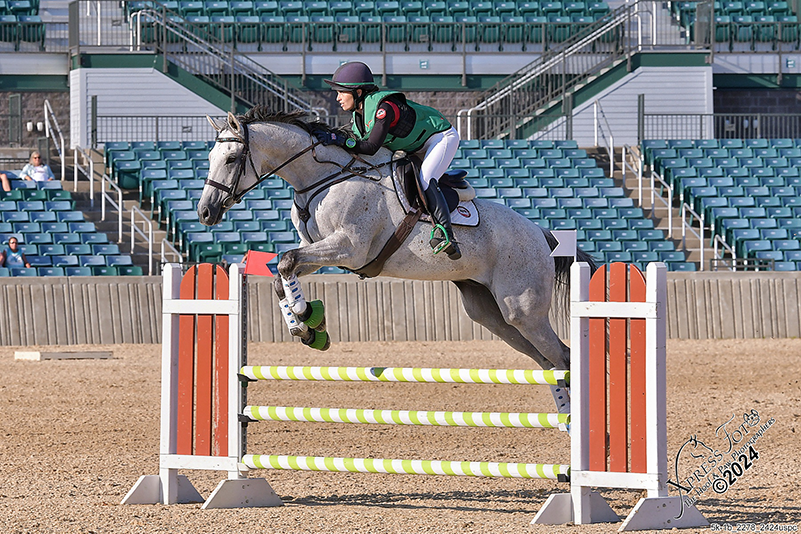
Equestrian Body Protectors Guide
By Kimberly Chick, USPC Safety Committee
Hey there, horse riders! When it comes to staying safe while riding, you’ve got a few different options for body protectors for equestrians: safety vests, back protectors, and air vests, which should be worn in addition to a certified helmet that follows USPC Policy #0810. Each of these helps in different ways, so let’s break down what makes them unique and why you might choose one over the others.
Equestrian Safety Vests
Think of an equestrian safety vest as your all-around protective gear. It’s designed to protect your torso and ribs in case you fall or have an impact. Safety vests are usually made from specialized foam or other padding that absorbs impacts, helping to reduce injury.
Coverage: Protects your chest and back
Material: Often made from specialized foam or other shock-absorbing materials
Best For: All types of riding, Eventing, and trail riding. Provides the most protection of all safety vests
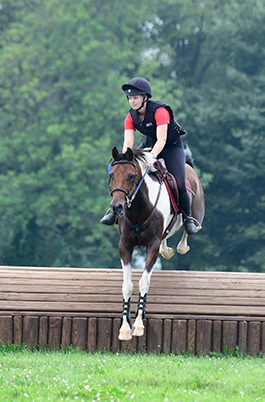
Equestrian Back Protectors
A back protector focuses specifically on your spine and lower back. It’s designed to protect your vertebrae and spinal cord in case of a fall. They usually have padded panels that protect your back while still allowing you to move comfortably.
Coverage: Concentrates on your spine and lower back
Material: May include hard shells or padded panels
Best For: Riders who want extra protection for their spine. These vests are best for flat work, arena work, trail riding, and stadium jumping. They are not appropriate for cross-country jumping.
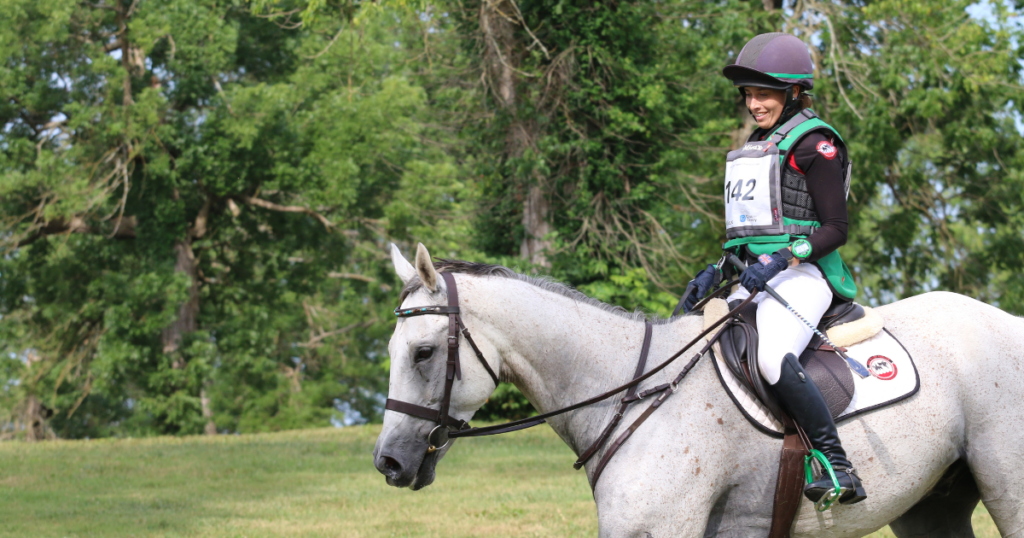
Equestrian Air Vests
Air vests are a bit more high-tech, since they use air bags that inflate when you fall off your horse. The air bags provide extra cushioning and protection to your torso and neck. Air vests can be worn over your regular safety vest or, if designed for it, may be worn alone. All air vests are tethered to the saddle’s stirrup bars and have a trigger mechanism that detects a fall and inflates the air bags quickly.
Coverage: Inflates to protect your entire upper body, including your chest, back, and neck
Material: Contains air bags that inflate upon impact
Best For: Extra protection, especially in competitive riding or high-risk activities
How to Choose?
First, if you’re riding in USPC events, you’ll want to check the current USPC Policy #0830 any time before you purchase body protection, as sometimes our policies are updated. You’ll want the most updated information before you spend money on new safety apparel. The same applies to purchasing a new helmet. If you are riding in events hosted by other organizations, you’ll need to check their requirements as well.
A back protector might be enough to keep you safe and comfortable for general riding. If you’re concerned about spinal injuries, a safety vest is the best choice for extra back protection. If you want the latest in safety technology, an air vest could offer the best protection and can be an added layer of protection if you are already wearing a safety vest.
There’s a type of equestrian body protector out there to fit the needs of any level of rider, and especially if that rider is jumping cross-country or solid obstacles. It’s all about making sure you stay safe and enjoy every ride. Happy riding, and remember to gear up for safety!
